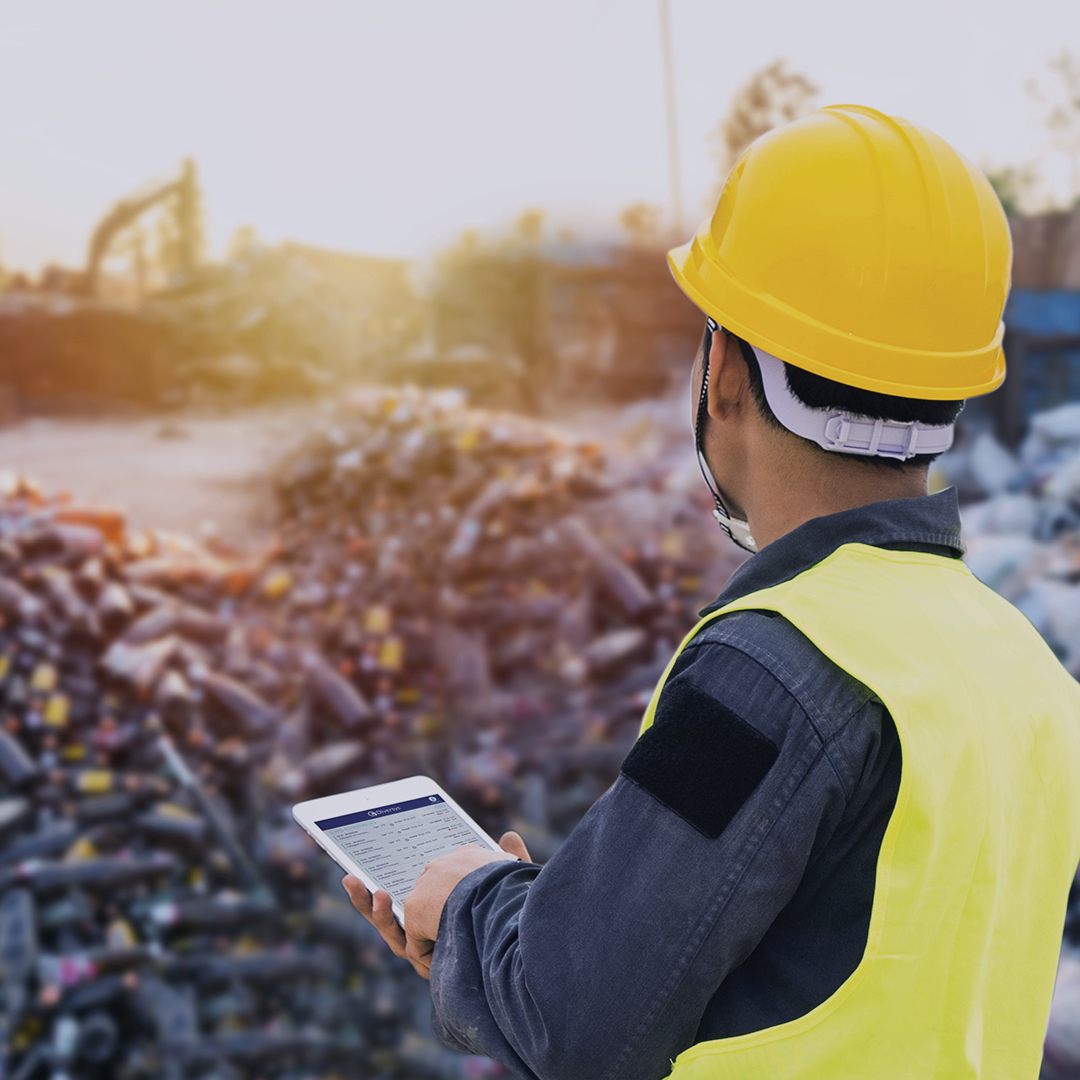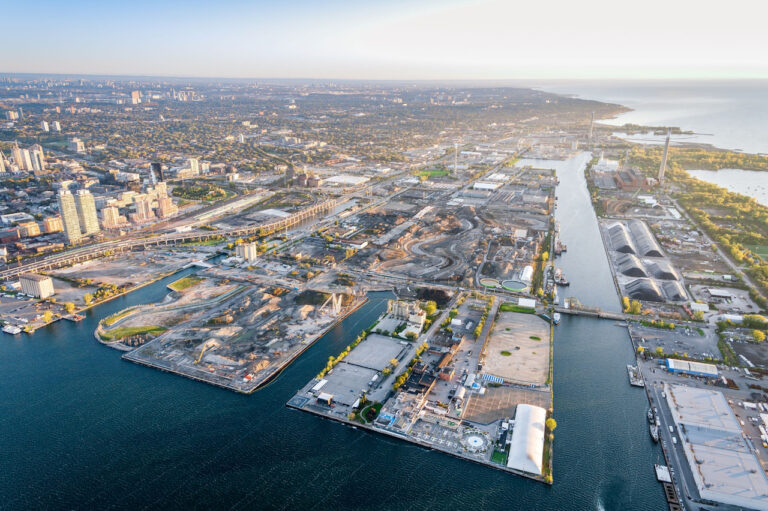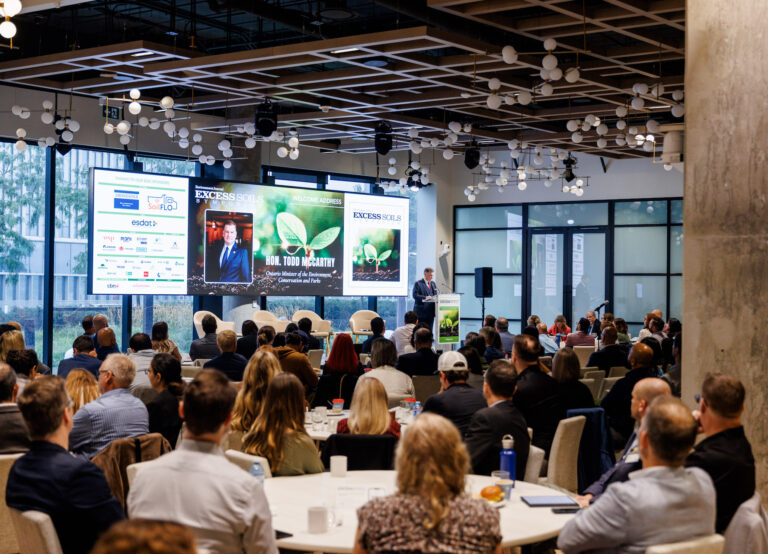Monday, October 6, 2025
By Roger Barlow, P.Eng., MBA
CEO & Founder, Diversys Software Inc.
Global waste is growing at an extraordinary pace. By 2030, we’re expected to generate around 2.6 billion tonnes of municipal solid waste every year, and more than 30% of that is already mismanaged today. From municipalities and haulers to producers and stewardship organizations, recycling systems everywhere are feeling the pressure.
Regulations are tightening. Producers are facing more accountability. And the public is demanding transparency – not just promises.
Yet despite all this, many programs still rely on manual systems, paper manifests, and disconnected spreadsheets to track waste and recovery. These tools were never built for the complexity, scale, or scrutiny that today’s recycling programs face.
The result? Inefficiencies, risks, and missed opportunities.
Digitization offers a way forward — not just to modernize operations, but to build trust, prove performance, and strengthen the circular economy. It’s not about adding new layers of technology. It’s about making things work better, together.
The Hidden Costs of Analog Systems
Manual processes might seem inexpensive on the surface. But they often come with significant hidden costs that limit a program’s effectiveness.
- Operational inefficiencies: Without real-time data, it’s easy to misallocate resources or miss early signs of system strain. Reporting takes longer, and errors can go unnoticed.
- Compliance risk: Paper records are difficult to audit and vulnerable to loss or human error. This increases the likelihood of non-compliance — and the financial or reputational costs that come with it.
- Credibility gaps: In a world where ESG commitments are under the microscope, programs that can’t back up their recycling performance risk losing public trust.
- Limited visibility: Without accurate, timely data, it’s difficult to optimize routes, reduce leakage, or demonstrate value to funders, partners, or regulators.
These challenges aren’t theoretical, they show up in budgets, overburdened staff, missed targets, and public skepticism. And they’re only getting harder to manage.

What Digitization Really Means
Digitization is not about scanning paper or moving spreadsheets into the cloud. True digital infrastructure starts by capturing data at the source and enabling it to flow securely and accurately across every part of the system.
Done right, digitization builds a clear, verifiable chain of custody for materials and transactions. It allows everyone involved, from depots to producers to regulators, to work from the same trusted source of truth.
A digitized recycling system should enable:
- Real-time tracking of materials, with complete visibility into every transfer
- Automated workflows for manifests, audits, and claims
- Integrated systems that connect producers, haulers, processors, and regulators
- Dashboards and alerts that flag issues as they arise, not after the fact
- Scalability and adaptability to support new materials, program types, and policy changes
At its core, digitization is about building systems that are reliable, resilient, and ready for the future.

Lessons from the Field
At Diversys, we’ve had the opportunity to support large-scale recycling programs across North America and we’ve seen firsthand how digitization drives impact.
CalRecycle – California’s Waste Tire Program
CalRecycle oversees more than 50 million waste tires annually. Historically, the program relied on paper manifests, which made tracking difficult and audits time-consuming. By moving to a fully digitized e-manifest system, CalRecycle has significantly improved compliance, increased operational efficiency, and gained real-time visibility — all without increasing administrative burden.
ABCRC – Alberta’s Beverage Container Recovery System
The Alberta Beverage Container Recycling Corporation (ABCRC) selected Diversys to digitize its province-wide container recovery and recycling program. By moving away from manual processes, the program is gaining greater efficiency, transparency, and accountability across depots, haulers, and processors.
Across our clients, we now manage:
Over 3.5 billion units of tracked recycled materials
More than $350 million in program funds and fee reconciliation
These numbers reflect the scale of the challenge, and the ability of digital systems to manage it effectively.
Overcoming Barriers to Adoption
Moving from analog to digital isn’t always easy. Cost, integration concerns, and user adoption are common questions. But the barriers are increasingly manageable, and the risk of standing still is often greater than the risk of change.
Here are a few principles we’ve seen work well:
- Start small and scale: Many programs begin by digitizing one process or region, then expand once the value is clear.
- Connect, don’t replace: Using APIs and open standards, digital systems can connect to existing infrastructure without requiring a full rebuild.
- Focus on data quality: Clean, accurate data from the outset builds trust and reduces downstream issues.
- Support the people side: When staff receive the right training, and see early wins, adoption becomes far easier.
- Engage regulators early: Aligning with policy goals ensures compliance today and flexibility tomorrow.
The most common barrier? Inertia. Waiting for the “right time” often means waiting too long, and falling further behind.
Moving Forward, Together
Digitization is not just a technical upgrade; it’s a strategic decision. The organizations that embrace digital infrastructure today will be better equipped to meet regulatory demands, serve their communities, and lead in a shifting policy landscape.
They’ll also send a clear message: We take sustainability seriously — and we’re ready to prove it.
The good news is that help is available. At Diversys, we work closely with our partners to design systems that fit their reality, their goals, and their teams. We believe that when data is accurate, accessible, and secure, it doesn’t just support recycling, it accelerates it.
The Opportunity Ahead
The recycling sector has a critical role to play in tackling global waste. But we can’t meet that challenge with outdated tools.
If we want to build systems that are trusted, scalable, and built for what’s next, digitization is how we get there.
Learn more at Diversys.com












